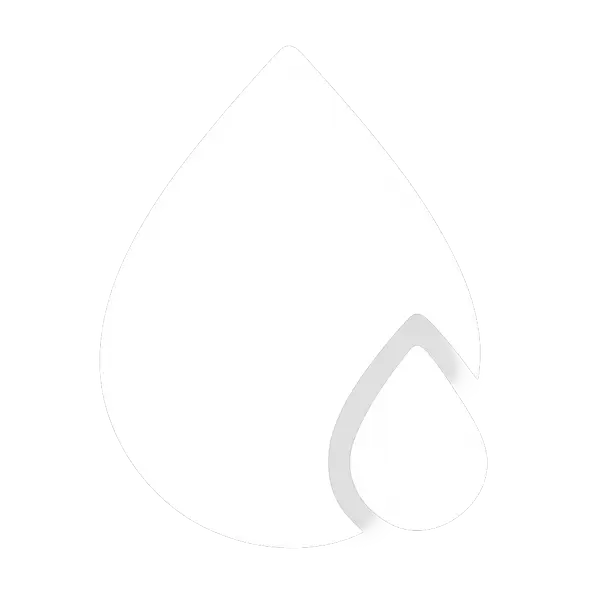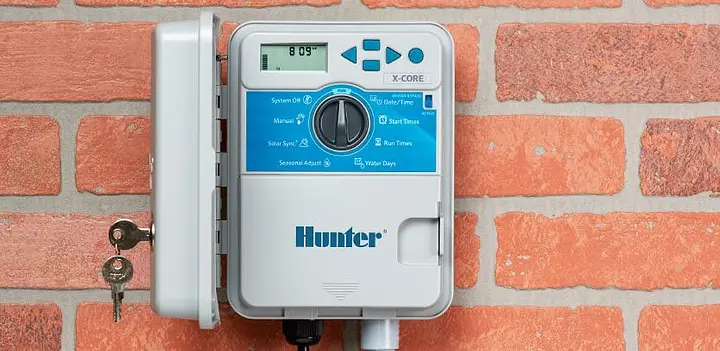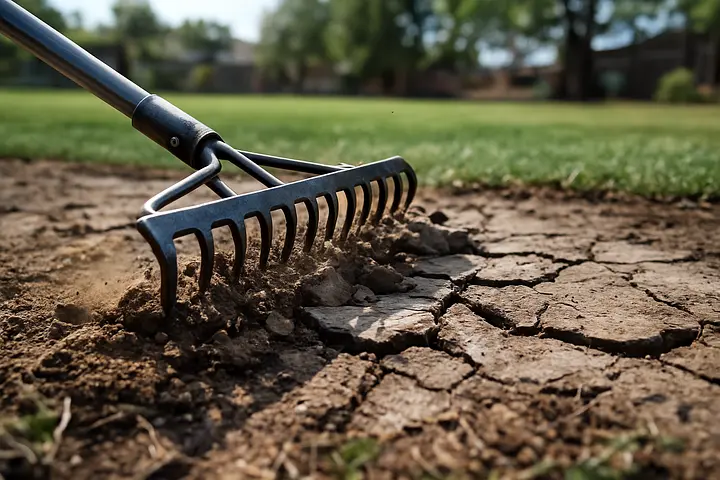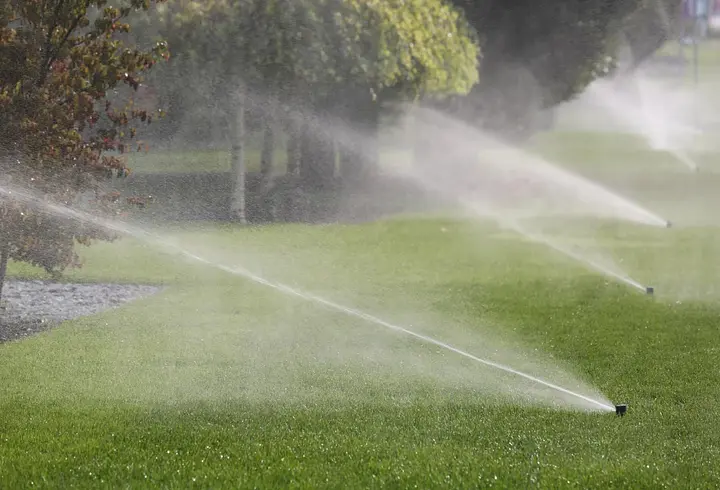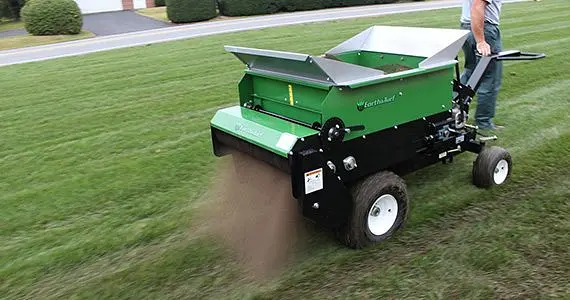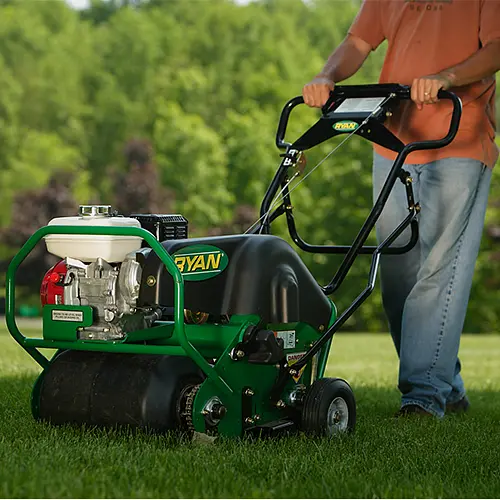What is Hydrophobic Soil?
Hydrophobic soil occurs when the soil surface becomes water-repellent. This condition causes irrigation and rainfall to bead, run off, or bypass the root zone entirely. In the Tulsa area—where clay-heavy construction soils dry quickly in summer—this condition develops fast and can dramatically affect lawn performance. Hydrophobic soil is the hidden cause behind many recurring summer issues, including localized dry spots, weak turf, and inconsistent treatment response.
